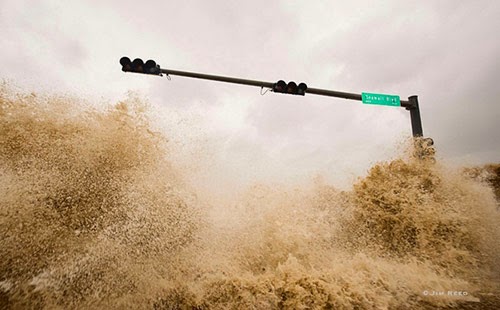Good Afternoon Creative Cabana visitors! I'm sorry it's taken me so long to give you a new post this week. Life has been pretty busy and I haven't had much time to sit down and share more creative goodness. It's a beautiful Saturday morning here in Ohio and I hope wherever you're reading this post from it's just as gorgeous outside. It's the weekend so if you're going to be out and about bask in some fun activities with the family to help start the summer season! If you're staying indoors for the weekend, I've got some great tips to help exercise the drawing skills we've been discussing this month.
Since I've been dedicating June as the month of drawing, I think it's important to talk about what tools you should have to help enhancing your drawing skills. Most people think you have to be some kind of Picasso in order to create good art, that's not entirely true. Drawing serves many purposes other than just basic art principles. Personally, I've drawn out many essential plans in my life such as designing my bedroom before I moved, drawing a outline plan for a scrapbook to cut costs, t-shirt designs, etc. So you don't have to be an expert, but to have expert results you should invest in a few good tools.
 The general rule of thumb is a Number 2 pencil and a piece of paper- yeah, but let's go a little bit further. If you plan on keeping a collection of your drawings try getting a sketchbook to keep these pictures in. The sketchbook doesn't have to be super fancy most run anywhere from $3 to $15 depending on size and design of the book. I've got about 5 sketchbooks and a few tablets, but I like to draw a lot so I'm a bit advanced in that department.
The general rule of thumb is a Number 2 pencil and a piece of paper- yeah, but let's go a little bit further. If you plan on keeping a collection of your drawings try getting a sketchbook to keep these pictures in. The sketchbook doesn't have to be super fancy most run anywhere from $3 to $15 depending on size and design of the book. I've got about 5 sketchbooks and a few tablets, but I like to draw a lot so I'm a bit advanced in that department.
The second tool to invest in is quality pencils and erasers. A regular pencil is ok, but I've noticed that drawings done in No. 2 pencils can fade quicker and can be messy if you smear your pictures frequently. Drawing pencils usually come in packages so you get different sizes to use. Most pencil packs range between $3 to $25 depending on what level you need. It sounds strange that someone would pay over $1 for a pack of pencils, but these are not your ordinary writing utensils. Drawing pencils come in different strength settings and different materials. Some pencils are made from charcoal to give subjects more detail and darker imagery, while other pencils are designed to provide light/smooth lines. You may see pencils labeled "HB", "2B", "8B", etc- this indicates the hardness of the pencil. The harder the pencil the darker and deeper the lines will appear to be. You may not need pencils this advanced depending on what you intend to draw, however if you want to practice using a variety of strengths in your pencils it would be a good idea to invest in a small pack of drawing pencils. You can also practice the shading scale with these pencils to see how each one can be adjusted in value as you draw.
The one final tool you should invest in is an eraser. This will probably be your best friend throughout the drawing process, so be kind to it. You'll want to have a standard eraser and also a special eraser called "kneaded". The kneaded eraser is one of the coolest things you'll ever come in contact with. It's an eraser that you can stretch and change forms- think of it like chewing gum. This allows you to reach and erase small spaces where normal ruler wouldn't be able to clean. Plus if you get frustrated with your work, it's a fun way to relieve the stress by simply playing with the eraser!
Please note that while these materials aren't exactly essential to your drawing needs, they're good investments to have if you plan on maintaining your drawing habits a lot. Don't over do it though, start out small and stick to the basic tools before you move on to more advanced (and expensive) tools. While you're at, share your drawings here at The Creative Cabana! I would love to see your work and you can have your talents known throughout the world wide web! Simply share it on Facebook or Twitter just search for The Creative Cabana. Go fourth and explore your drawing abilities. Have a great weekend and we'll see you all back here for a new weekly Creative Mastermind.
*Images used in this post were collected from Google Images Search Results. These photos were used for visual representation and educational purposes only. No Copyright Infringement Intended.


















